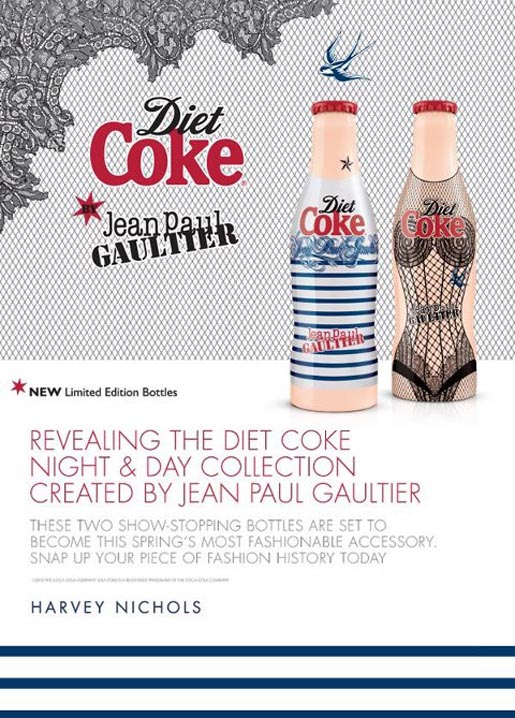The best ways to apply scarcity appeals in advertising
Relevant topics Archive, Advertising
“Majority of stock sold!”, “Nearly sold out!” Are you getting nervous by seeing these kind of phrases in advertisements? Do you have the feeling that you have to buy this product? Personally, when I need a product and see this kind of advertisements I want to buy the product immediately. I don't want to run the risk missing out on this fantastic offer. As a marketer I know a lot about the influencing power of advertisements, but why do I still fall for these scarcity appeals?
To my relief, there is a reason for this behavior. Last year, researchers from the Curtin University in Australia uncovered there is a difference in the impact of scarcity appeal types and message framing on consumers. And guess what? It’s all because of my personality.
Focusing on excess demand and limited supply
Scarcity appeals are being used to stimulate consumers to buy a particular product because of a limitation. For example in the form of limited time to purchase a product or limited supply. The primary benefit of this appeal is to encourage consumers to take action. Current researchers distinguish scarcity appeals that are driven by “excess demand” which signal popularity and bandwagon consumption and those based on “limited supply”, which stand for counter conformity and snob effect.
Scarcity appeals:
- Excess demand: ‘Almost sold out’
- Limited supply: ‘Limited edition’
The effect of personality
The effects of scarcity appeals on consumers turn out to be influenced by their personalities. For example the “Need for Uniqueness”, a personality trait that represents the need to establish a separate identity by pursuing self-distinguishing behavior. Research showed that people with a low need for uniqueness are more affected by demand appeals like “Nearly sold out”, and “last pieces available”. Why? Probably because these appeals lead consumers to infer that the product should be popular because they see others purchasing the product. People with a high need for uniqueness will be more persuaded by ‘supply appeals’ like ‘Limited Editions’. They value the exclusivity of possessing such rare products, which emphasizes their uniqueness.
Personality traits:
- Low ‘need for uniqueness’: conforming to group
- High ‘need for uniqueness’: more self-distinguishing behavior
Personality traits & scarcity appeals:
- Low ‘need for uniqueness’, use ‘almost sold out’
- High ‘need for uniqueness’, use ‘limited edition’
Newneuromarketing is looking for new authors! Are you up for the job?
Send us an e-mail at tim@newneuromarketing.com to become an author and start spreading knowledge.
Gain or loss frame?
Another factor that influences the effect of scarcity appeals on consumers is message framing. This involves manipulating messages to optimize its impact on consumer reactions and behavior. Advertisers can emphasize the positive consequences of adopting a behavior (a gain frame) or the negative consequences of not adopting a behavior (a loss frame). Research showed that people with a low need for uniqueness prefer the positive version and people with a high need for uniqueness are more susceptible for the negative version of framing.
Message framing:
- Gain Frame: ‘Buy this jeans and you’ll look cool with your friends’
- Loss frame: ‘Don’t miss the chance to look cool with your friends’
Personality traits & message framing:
- Low need for uniqueness: use a gain frame
- High need for uniqueness: use a loss frame
How to create impact with the right scarcity appeals?
How could this be used in marketing? First, as an advertiser you have to decide which kind of customers you serve: are they seeking for conformity or distinctiveness? Knowing this, you could choose the most appropriate type of scarcity appeal in your ads:
Low need for uniqueness (need for conformity)
Consumers with a low need for uniqueness seek for conformity. Following the tips below will lead to enhanced liking for the ad and the brand and would ultimately lead to favorable purchase intentions.
- Use demand-based scarcity appeals like “majority of stock sold” and “last pieces available”.
- Highlight the social benefits that may ensue from bandwagon consumption as gains.
- Emphasize demand appeals with copies to induce consumers who seek conformity to think about the social gains associated (“be part of a popular group”).

High need for uniqueness (need for distinctiveness)
To create a positive attitude and purchase intention in consumers with a high need for uniqueness you should apply the following tips:
- Use Supply-based scarcity appeals like “Extremely limited stock”, “Selected stores only”.
- Highlight losses combined with restricted availability (limited edition).
- When the product is really unique (like an expensive customized handbag) advertisers should focus on highlighting the restricted availability.
- Write copy that induces people to think about the losses incurred by not having the product.
Example of supply based scarcity appeal:

(image source: http://borisloukanov.soup.io/post/246668959/Diet-Coke-Night-and-Day)
Further Reading
-
These are the 7 most interesting neuromarketing insights of 2015
I vividly remember reading a cool article last year. Scientist found that words that sound alike could trigger the same brain areas. Specifically they found that ‘bye now’ and ‘buy now’ were closely linked together. It was good to know that the hidden gems from the scientific journals still found their way to us marketers. But after that it got quiet. Where was I going to get those latest juicy insights?

